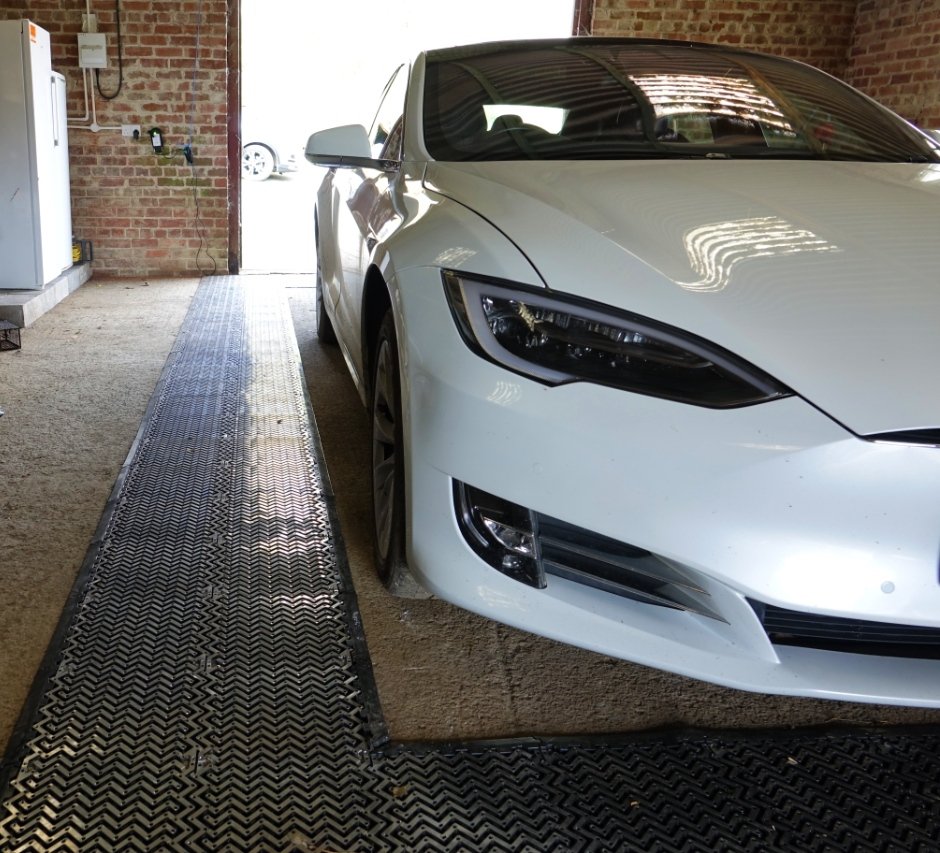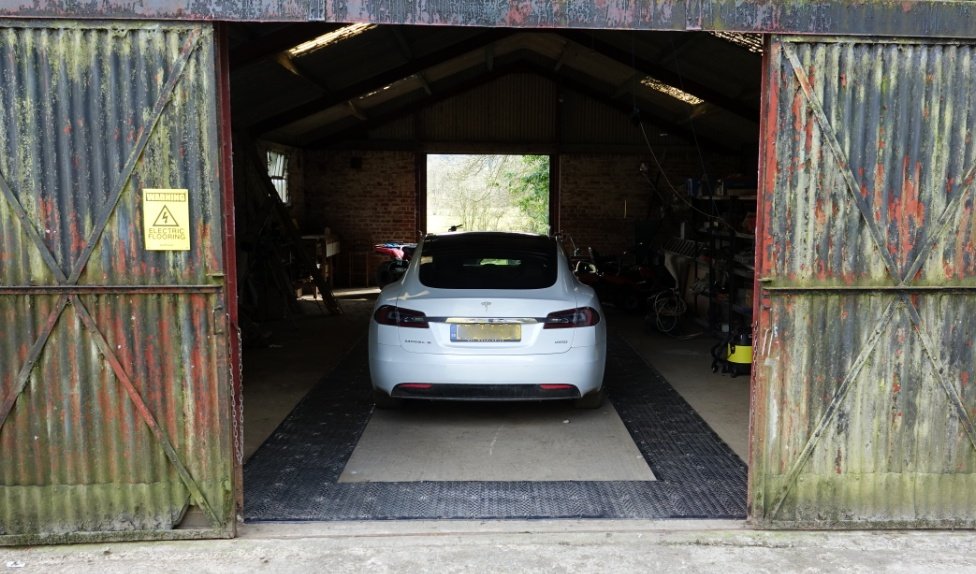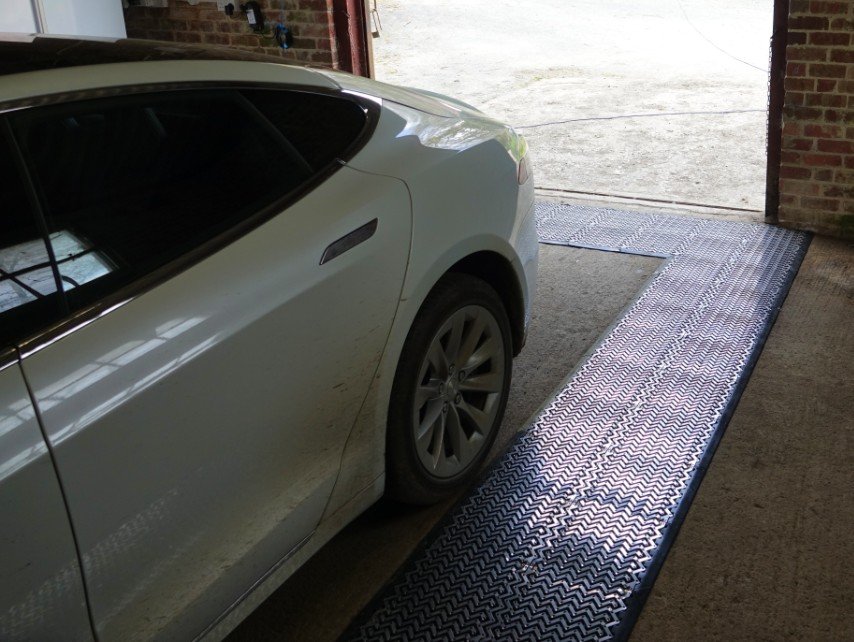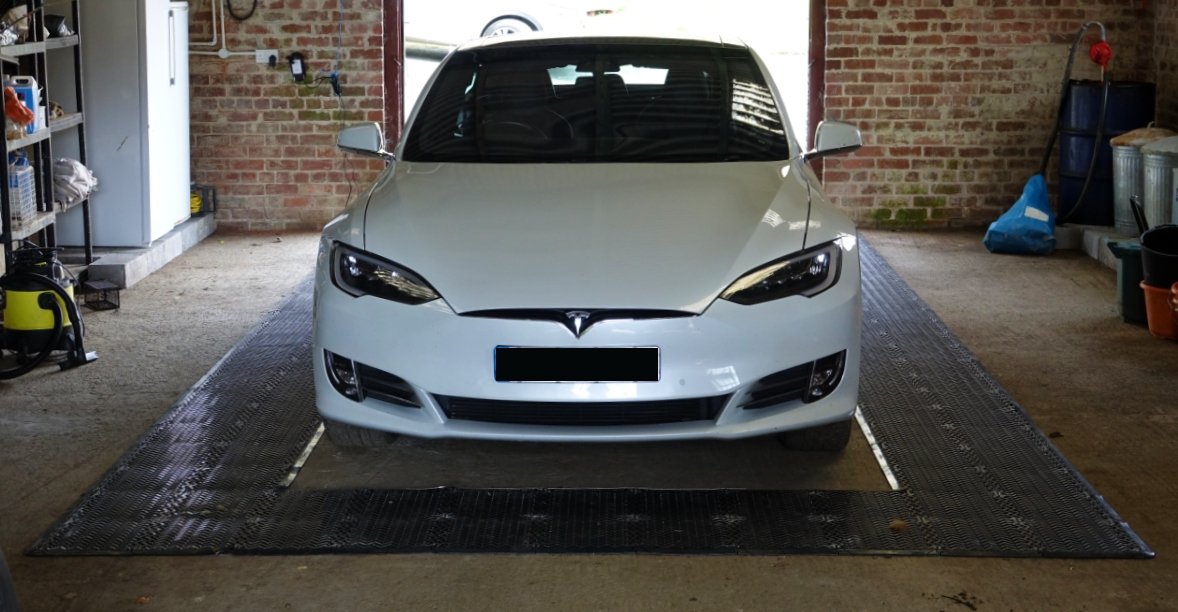



If you've recently purchased a Tesla or Nissan Leaf, you may be wondering how to prevent rodent damage to electric cars. Electric automobiles are no exception to the fact that rats and mice are notorious for causing costly damage. In reality, rat damage to electric automobiles may be more likely than to gasoline-powered cars for a variety of reasons. Furthermore, the damage may be more costly to fix.
Teslas are vulnerable to rat and mouse damage since the firm uses soy protein in the engine wiring and peanut oil as a lubricant. As a result, 'Tesla Rat Problem' is a popular Google search term. The battery warms up when charging, which attracts rats. In the photos, you can see a Tesla parked on the RatMat, which has shown to be extremely efficient in preventing rodent damage. Thankfully, RatMat is now available in Canada, visit our website here; https://www.thegridguard.com to prevent rodent damage to your electric car.
Rats' teeth develop continually throughout their lifetimes and must be worn down in order for them to feed. They may naturally wear down while eating. They need to chew hard things to grind down their teeth if they have been consuming soft food left by people. Unfortunately, this is where your Tesla's pretty pricey wiring comes into play.
RatMat is the ideal option to prevent damage to your electric car. Simply place it on the floor of your carport or driveway, park on it, and it will repel rats in an environmentally friendly manner for many years. Any rodent that walks on the electrified surface will receive a safe electric shock, similar to an electric fence. Despite this, you can walk on it while wearing shoes and drive in and out without difficulty. Rats never collected bait off the surface in tests, making it excellent for protecting your car from rodents. Visit Grid Guard for availability and purchasing.
Shelter
Rodents are scared and timid creatures who are always looking for a safe spot to build a home. If you are on vacation for a few weeks, you could return home to find a mouse nest beneath your car's hood. Nesting in a car provides heat, dryness, and physical safety from predators such as foxes, as well as wind and rain.
Food
It's a terrible idea to leave crisp packets and barely eaten sandwiches in your car's footwell. The stench will attract rats and mice, and they will figure a way in. Remarkably, soya has been used in the insulation of vehicle wiring by numerous automobile makers. This makes the wire more appealing and hence more likely to be eaten, resulting in the 'Tesla rat problem'.
Warmth
Rats are eager to find warm spots to build their nests in order to shelter their young from the cold. Electric cars are particularly sensitive to harm in this situation. The automobile battery heats up while it charges, some of them more than others. The rats are aware of this and will make every attempt to enter the vehicle.
Because the wiring in many electric automobiles is so complicated, it may be necessary to replace the whole loom if rat damage is discovered. This is more pricey than localised repair, but it is also more dependable. A vehicle owner in the United Kingdom recently had to wait months for a loom to come from Korea. This put his automobile out of operation for a long time when the repair time was also taken into account. If you own an electric vehicle, a RatMat is an excellent way to secure it.
